Success of DART mission could guide plans for passing asteroid
As the touring asteroid first spotted after Boxing Day safely zooms away from Earth on the next leg of its four-year orbit, the global agency that assesses asteroid risk will keep monitoring its travels
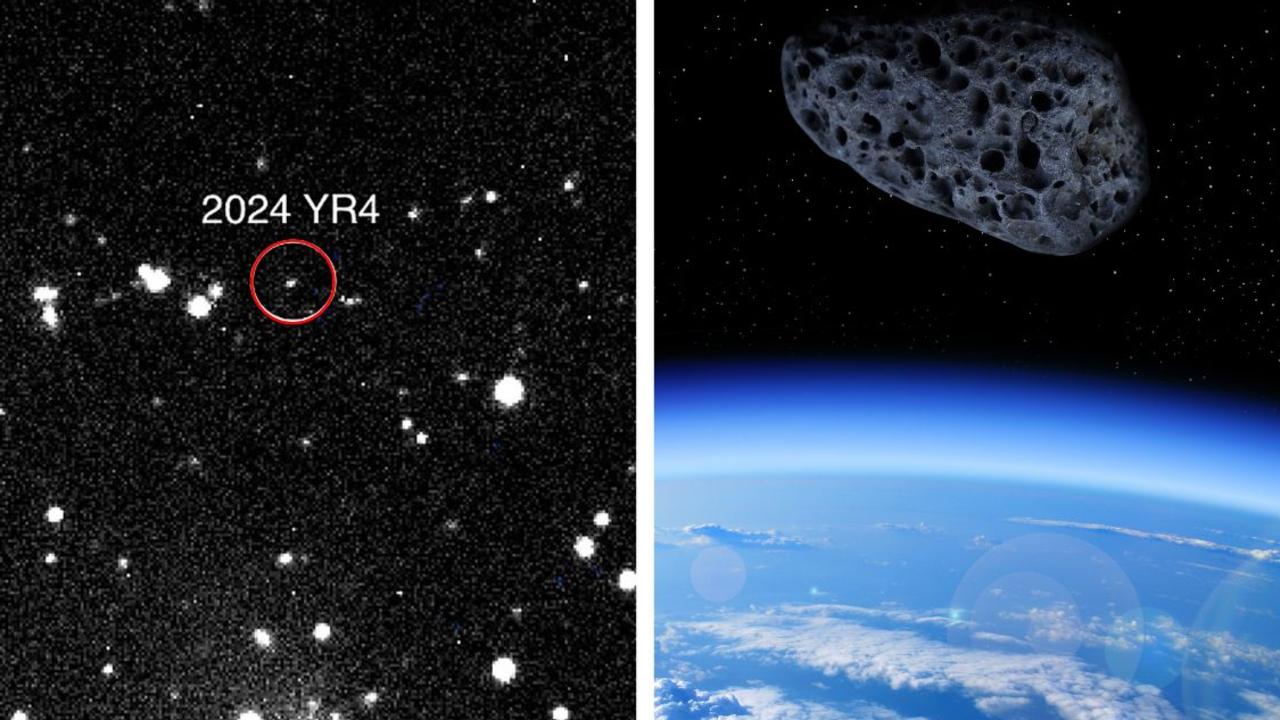
READING LEVEL: ORANGE
A rare find in space has captured the attention of scientists across the globe.
The newly identified asteroid* is nearly the size of a football field and was first spotted on December 27, 2024, by the El Sauce Observatory* in Chile.
Dubbed “2024 YR4”, four days later the asteroid landed on the desk of NASA acting planetary defence officer Dr Kelly Fast.
“You get observations; they drop off again,” Dr Fast told AFP. “This one looked like it had the potential to stick around.”
Then, on January 29, the International Asteroid Warning Network (IAWN), a global planetary defence collaboration, issued a memo about the asteroid – so what’s going on?
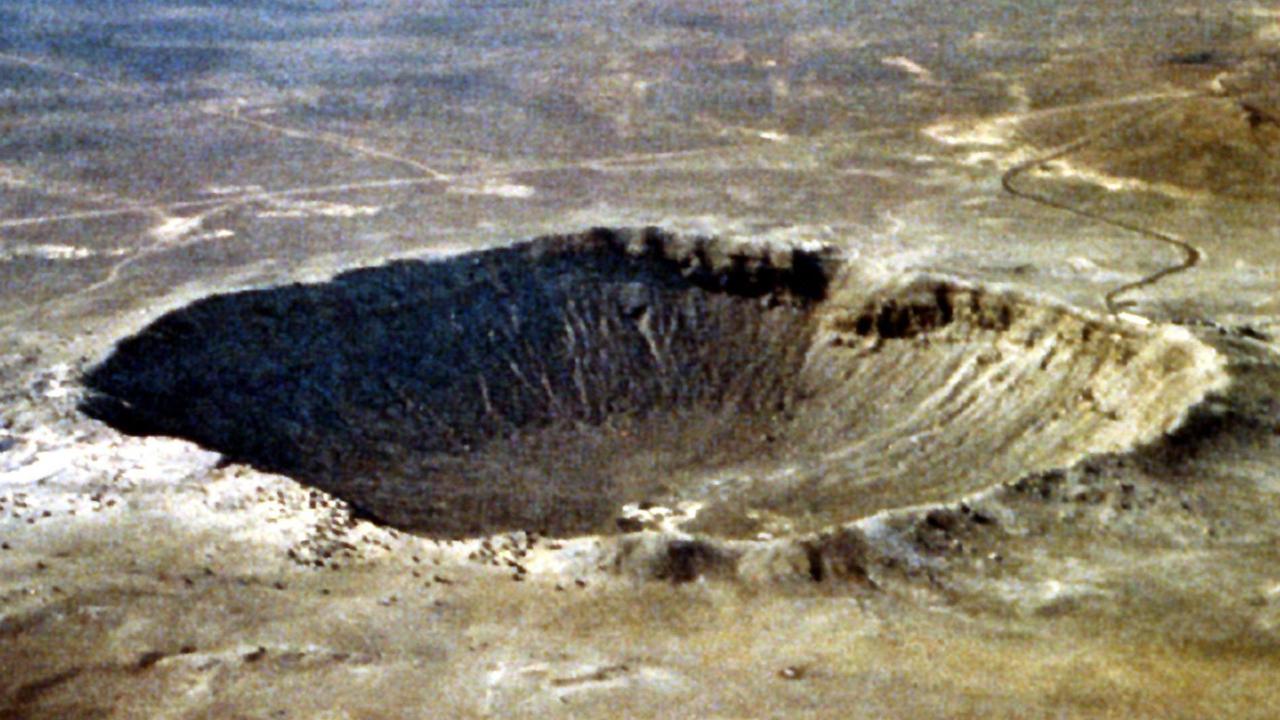
WHAT DO SCIENTISTS KNOW?
Based on its brightness, astronomers* estimate that the asteroid is between 40–90m wide. Nearly the size of a football field, the asteroid’s movements will be closely watched by astronomers and other experts including NASA’s Jet Propulsion* Laboratory, who have calculated the current risk of the asteroid connecting with Earth as around one and a half per cent (1.6 per cent).
“At this point, it’s ‘Let’s pay a lot of attention, let’s get as many assets as we can observing it,’” The Planetary Society chief scientist Dr Bruce Betts told AFP.
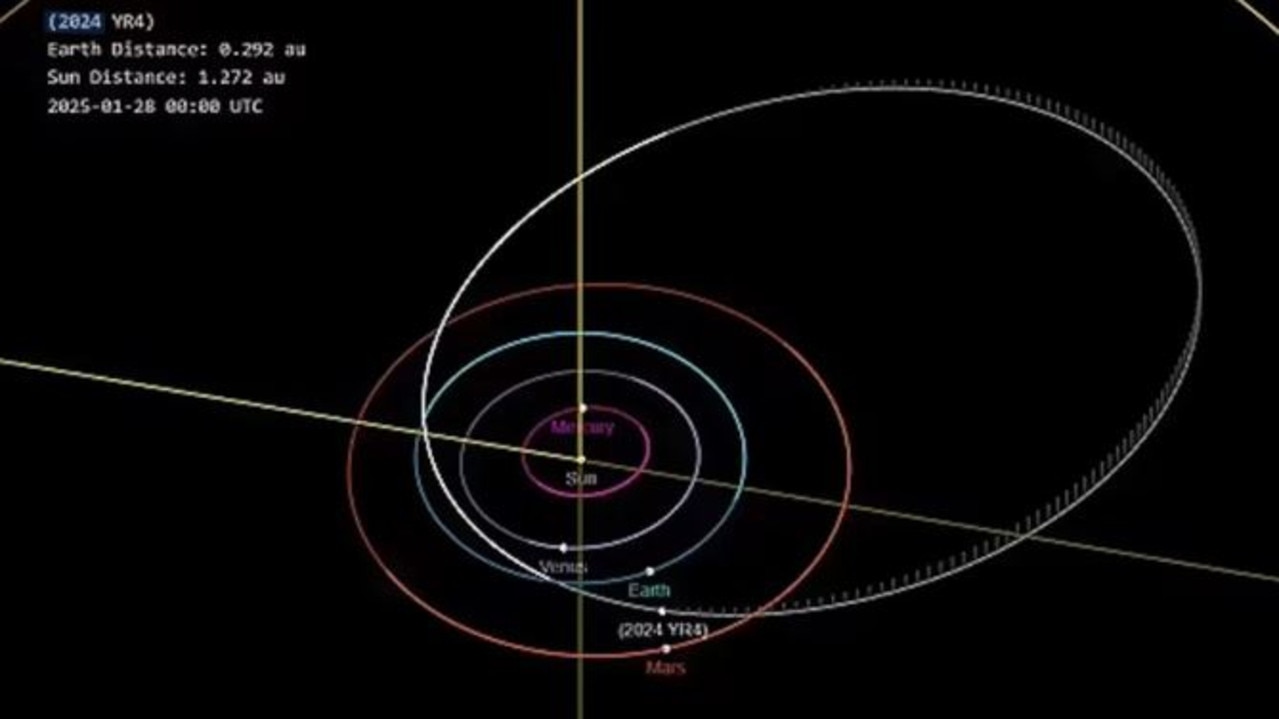
REALITY CHECK
As 2024 YR4 continues its oval-shaped, four-year orbit, it will swing through the inner planets before shooting past Mars and out toward Jupiter.
For now, it’s zooming away from Earth – its next close pass won’t come until 2028.
“The odds are very good that not only will this not hit Earth, but at some point in the next months to few years, that probability will go to zero,” said Dr Betts.
A similar scenario unfolded in 2004 with Apophis, an asteroid initially projected to have a 2.7 per cent chance of striking Earth in 2029. Further observations ruled out any impact.
Experts stressed there is plenty of time to prepare for any chance of impact with 2024 YR4 – and to prevent it if necessary.
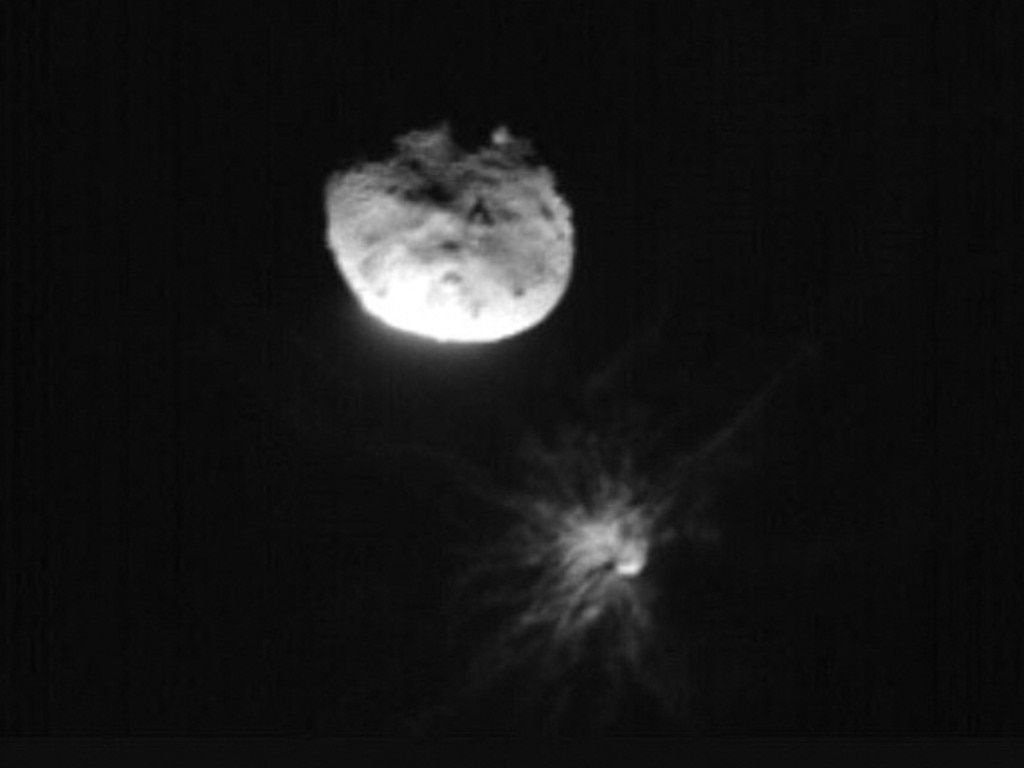
Johns Hopkins Applied Physics Laboratory planetary astronomer Dr Andrew Rivkin led the investigation for NASA’s 2022 DART* mission, which successfully nudged an asteroid off its course using a spacecraft – a strategy known as a “kinetic* impactor.”
The target asteroid posed no threat to Earth, making it an ideal test subject.
“I don’t see why it wouldn’t work” again, Dr Rivkin said.
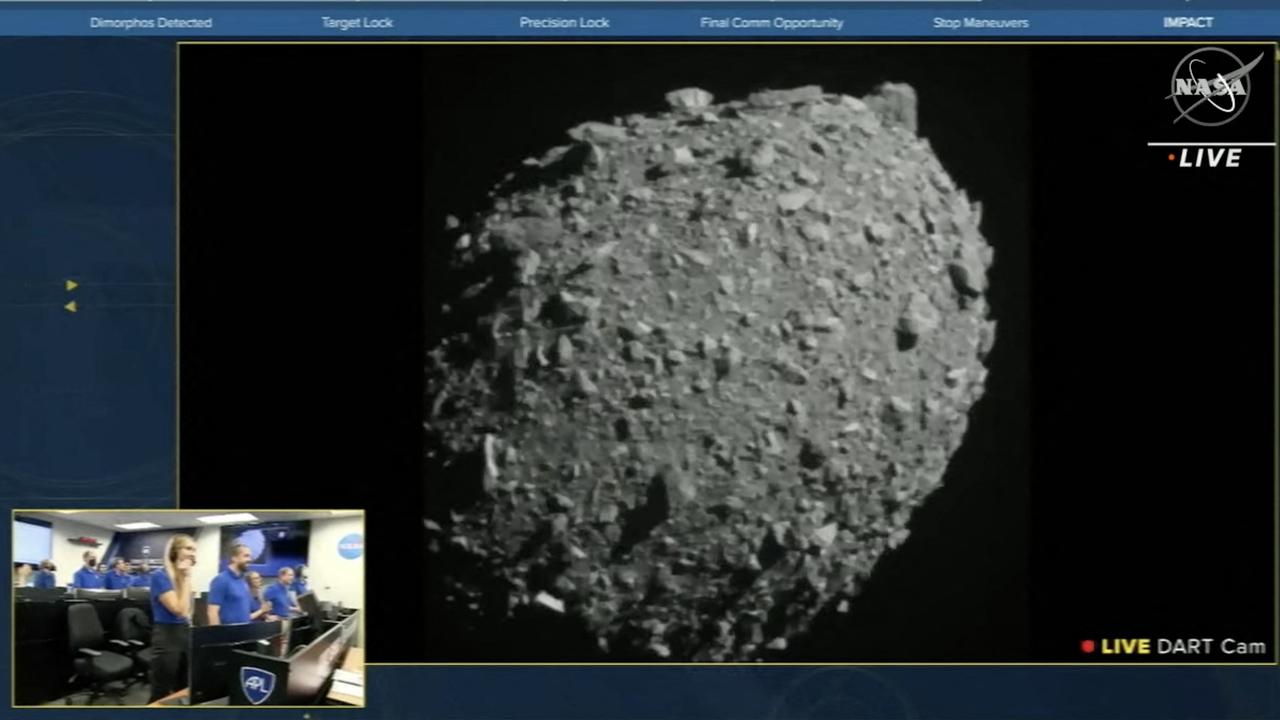
More experimental ideas also exist.
Lasers could hypothetically* vaporise* part of the asteroid to create a thrust effect, pushing it off course. A “gravity tractor,” a large spacecraft that slowly tugs the asteroid away using its own gravitational pull, has also been theorised.
If all else failed, the long timeline means authorities would still have time to evacuate the impact zone.
“Nobody should be scared about this,” Dr Fast said. “We can find these things, make these predictions and have the ability to plan.”
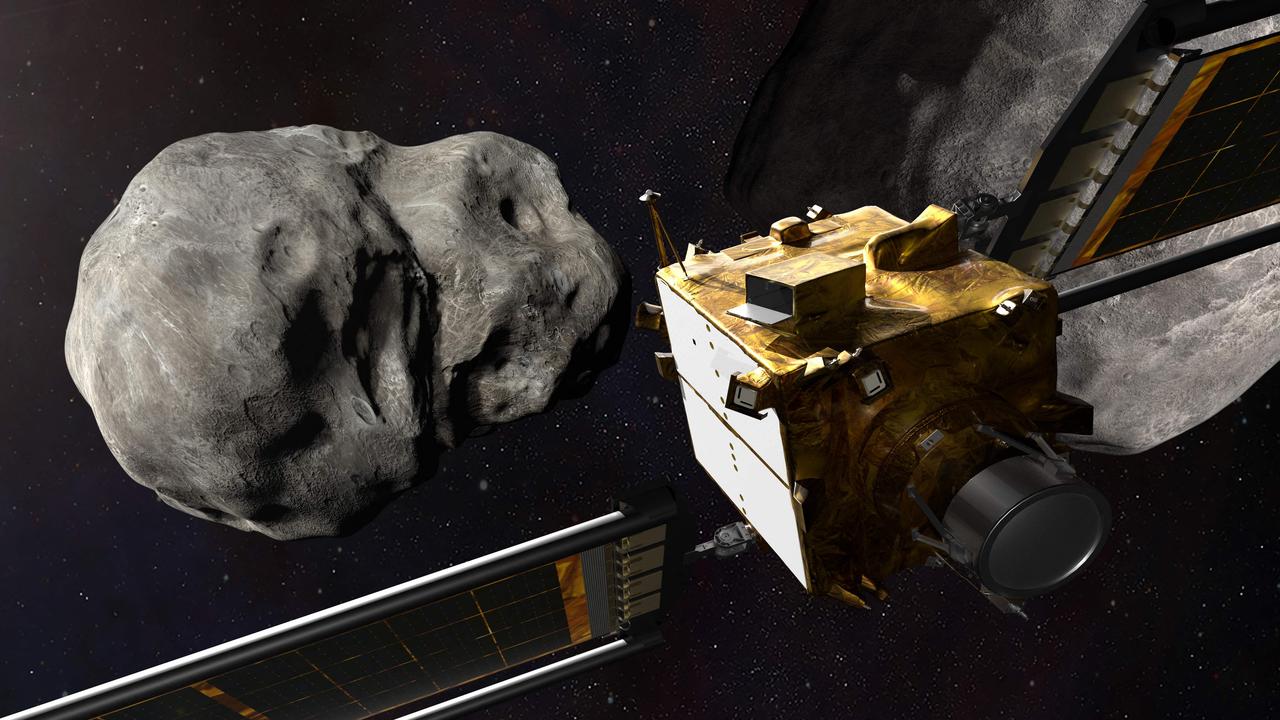
HISTORY OF IMPACT ON EARTH
The best known asteroid impact occurred 66 million years ago, when a nearly-10km-wide space rock triggered a global winter, wiping out the dinosaurs and 75 per cent of all species.
By contrast, 2024 YR4 is closer to an asteroid that struck Earth more than a century ago.
The 1908 Tunguska Event, when an asteroid or comet fragment measuring 30-50m exploded over Siberia, flattened about 80 million trees across 2000km sq.
That fragment blew up in the sky rather than leaving a crater in the ground and 2024 YR4 would be expected to do the same.
“We can calculate the energy … using the mass and the speed,” Dr Rivkin said.
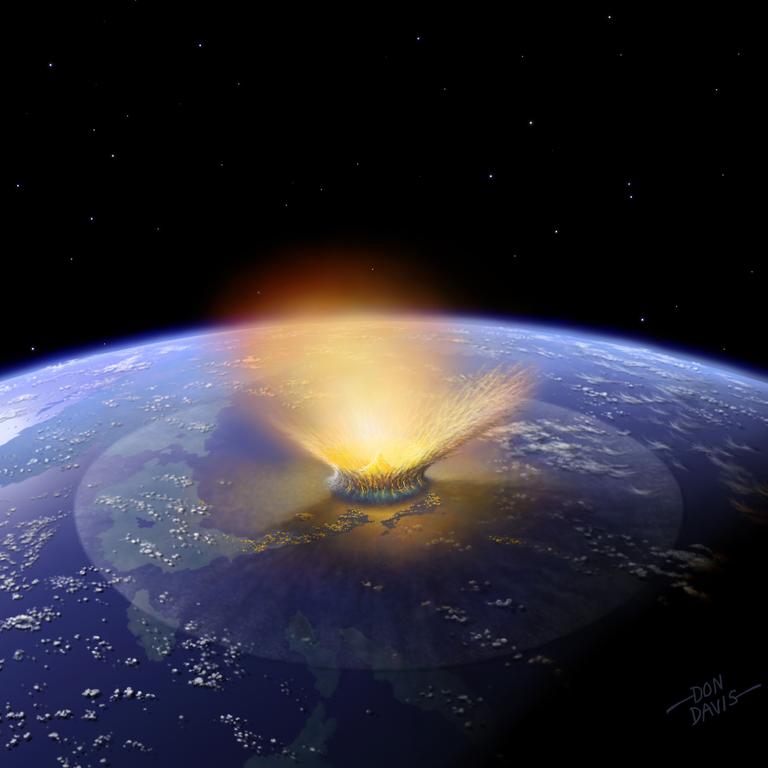
POLL
GLOSSARY
- asteroid: objects that go around the sun like a planet, asteroids are rocky, airless remnants left over from the early formation of our solar system about 4.6 billion years ago
- observatory: building from which scientists and astronomers watch the planets, the stars, the weather and so on
- jet propulsion: to push or drive an object forward
- astronomers: scientists who observe celestial bodies, being the stars, planets and other natural objects in space
- DART: Double Asteroid Redirection Test, the historic and successful first test of humanity’s ability to prevent a cosmic object devastating life on Earth
- kinetic: involving or producing movement
- hypothetically: in a way that is imagined or suggested but not necessarily real or true
- vaporise: to turn, or cause something to turn, from a solid or liquid state into gas
EXTRA READING
Big asteroids zooming ‘close’ by Earth
First images of DART asteroid impact
NASA to shoot rocket at asteroid
QUICK QUIZ
- What is the shape of the 2024 YR4’s orbit and how long does each orbit last?
- How wide is the 2024 YR4 asteroid estimated to be?
- What did NASA’s 2022 DART mission do?
- What is a theoretical “gravity tractor”?
- What were the main consequences of the asteroid that hit Earth 66 million years ago?
LISTEN TO THIS STORY
CLASSROOM ACTIVITIES
1. Evacuation planning
With modern day emergencies, such as bushfires, Australia has good emergency management and warning systems in place, if people are in imminent danger.
Work with a partner and come up with your own asteroid evacuation plan. If there was the slightest chance of an asteroid impact, it would require the evacuation of a large land mass.
Your asteroid evacuation plan should cover the following:
How warnings would be communicated
- Where people could go
- Amount of notice required
- How to prepare area, protect assets
- Any other plans you think should be put into place
Outline your asteroid evacuation plan below and share with another partnership.
Time: allow 25 minutes to complete this activity
Curriculum Links: English, Science, Personal and Social, Critical and Creative Thinking
2. Extension
At the moment, scientists estimate there is only a 1.6 per cent chance of a possible asteroid strike seven years away, which will probably dissipate by then to zero per cent.
In the meantime, what will scientists do to ensure the safety of all?
Time: allow 10 minutes to complete this activity
Curriculum Links: English, Science, Critical and Creative Thinking
VCOP ACTIVITY
Wow word recycle
There are plenty of wow words (ambitious pieces of vocabulary) being used in the article. Some are in the glossary, but there might be extra ones from the article that you think are exceptional as well.
Identify all the words in the article that you think are not common words, and particularly good choices for the writer to have chosen.
Select three words you have highlighted to recycle into your own sentences.
If any of the words you identified are not in the glossary, write up your own glossary for them.

